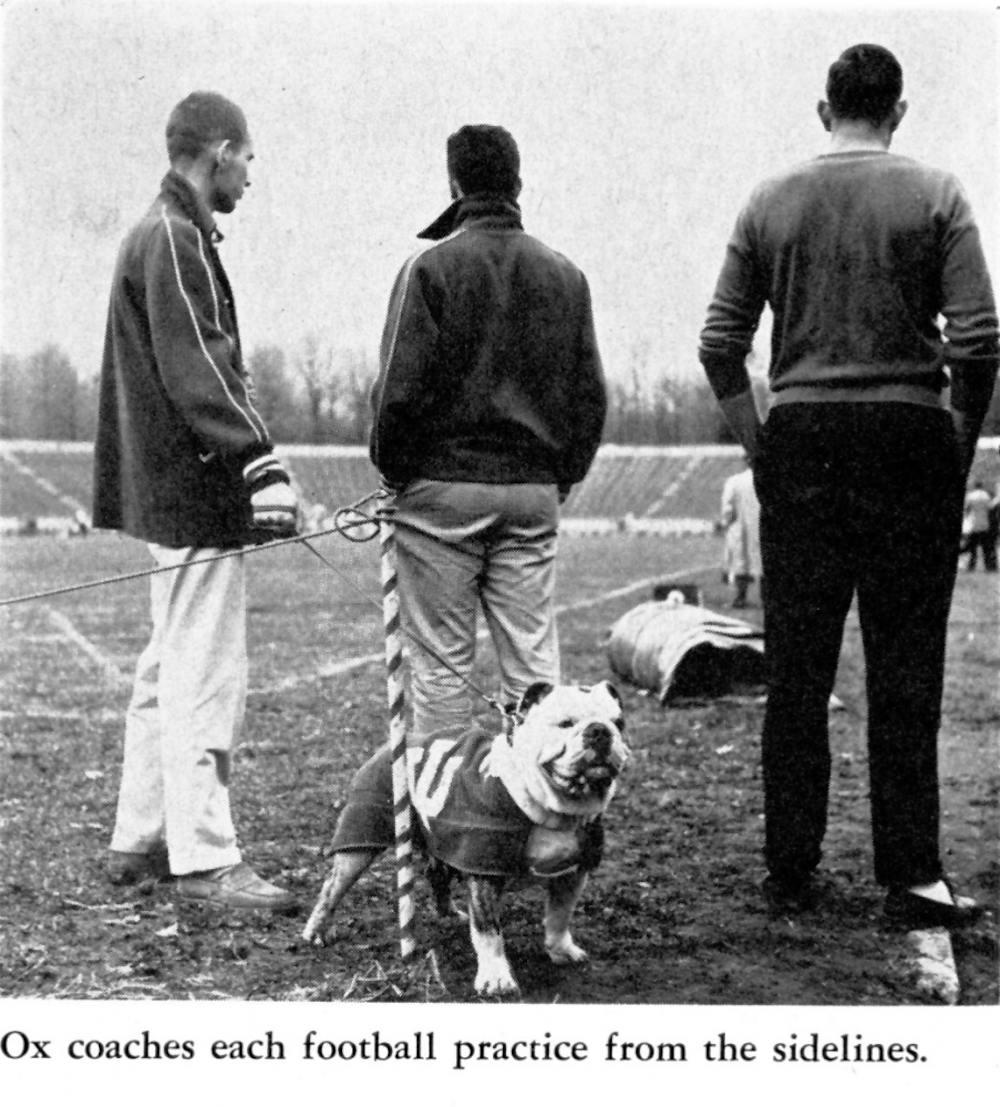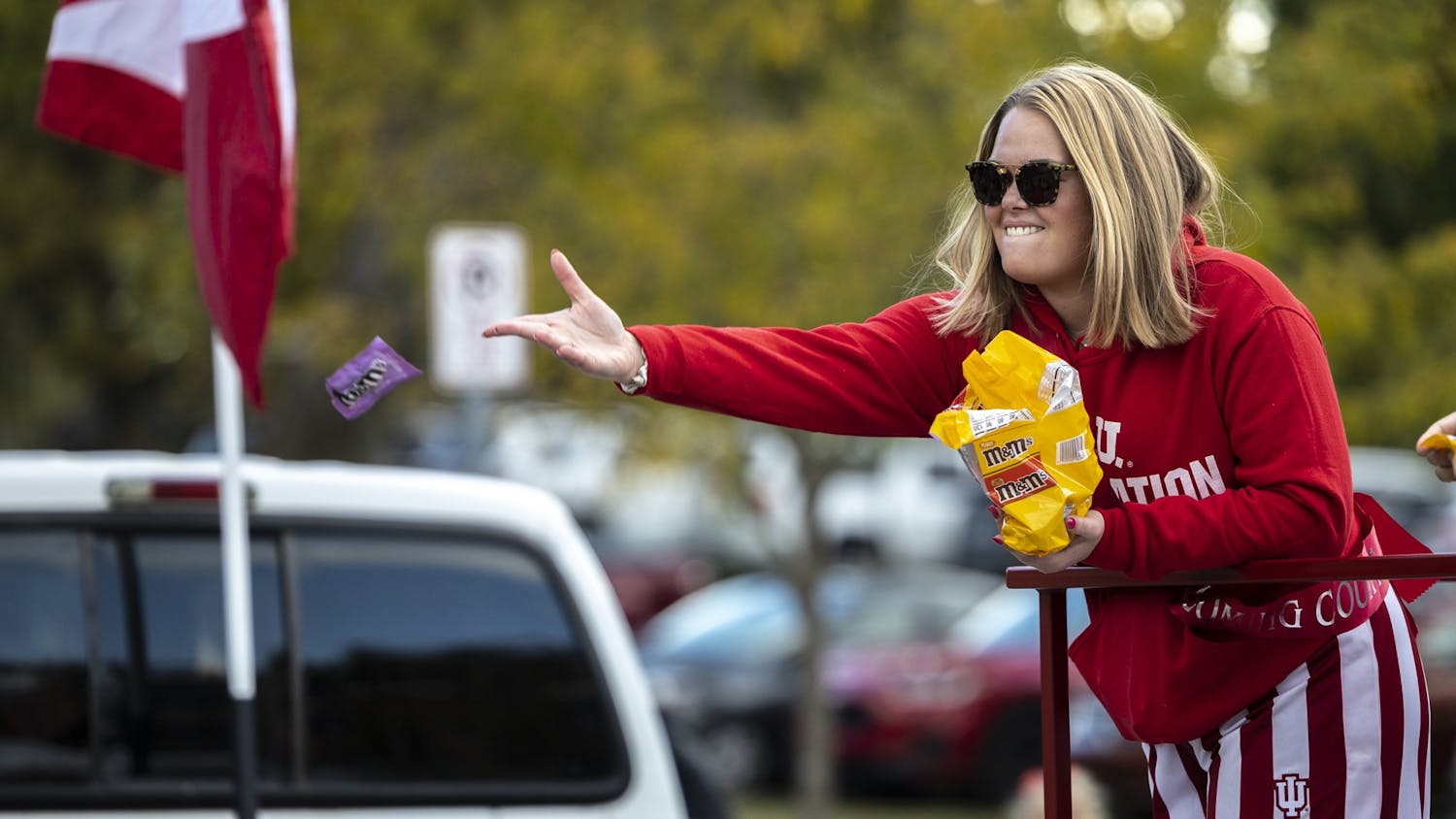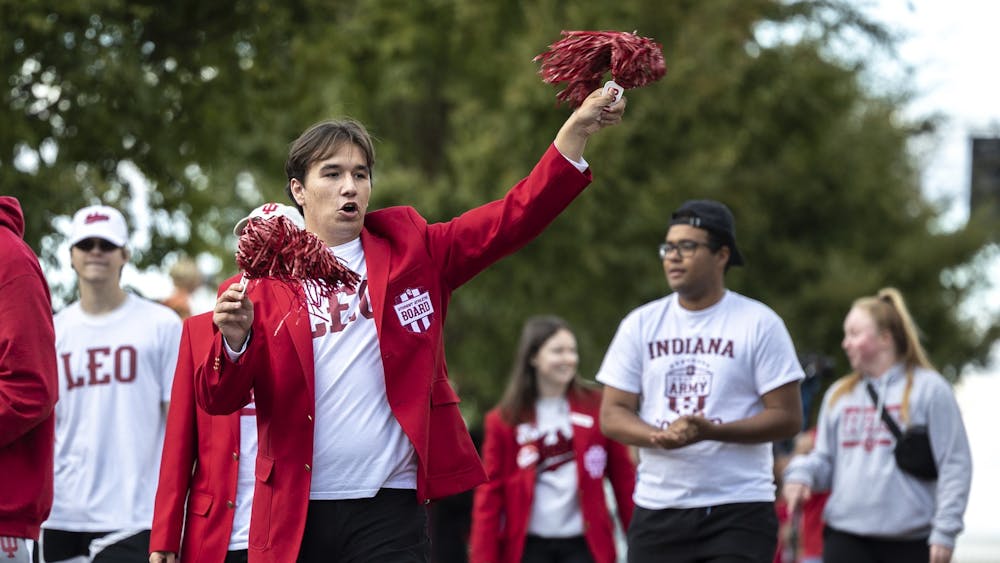Merriam Webster defines “Hoosier” as a native or resident of Indiana. The definition is straightforward enough, but it doesn’t provide any insight as to where the nickname came from or what it really means. Steve Haller, senior director of Indiana Historical Society’s collections and library, wrote the article “The Meanings of Hoosier — 175 Years and Counting,” which examines the word’s origin and usage.
He cautions those searching for an obvious meaning. “When you boil it all down, you will not find a decisive meaning or origin,” Haller said.
Although the etymology of “Hoosier” is unknown, several theories live on. One of the more likely explanations comes from former IHS secretary, Jacob Piatt Dunn. After extensive research, Dunn concluded the word “Hoosier” likely derives from the word “hoozer,” which in the Cumberland dialect of England meant anything large, like a hill.
When Cumberland immigrants came to North America, their descendants applied the word to those who settled in the hills of southern Indiana. IU 2012 graduate Gretchen Krumwiede said she’s heard multiple stories about the word’s origin.
“I think the one I heard most often was that at a basketball game, someone’s ear fell off and they held it up and said ‘Whose ear?’” Krumwiede said.
This story may be a variation of a joke poet James Whitcomb Riley’s made about the word’s origin.
Former Indiana Gov. Joseph Wright said “Hoosier” came from a Native American word for corn, “hoosa.” The theory is doubtful, though, as no such word has been found in any Native American languages. In any case, Haller said the word’s linguistic origin is not as important as its 1800s usage.
It was a way for Indiana residents to refer to themselves and for others to refer to them. John Finley’s poem “The Hoosier’s Nest” helped reinforce the word’s legitimacy. By the 1840s, Indiana government officials were calling their state “the Hoosier state.” IU’s adoption of the Hoosier nickname for its athletic teams has given the word further meaning for those at IU.
“From an athletic standpoint,it’s not a tangible thing,” IU Deputy Athletic Director Scott Dolson said. “It’s more of a feel and away that you believe. It’s the way you carry yourself, the way you treat people, the way you show support for your school.”
Senior Ryan Diefenderfer said he agreed.
“Bloomington in general is a great cultural place, so that ties in with the school spirit and what being a Hoosier is for me, at least,” Diefenderfer said.
Krumwiede said being a Hoosier is about taking pride in one’s self and school.
“People are always really proud to say they’re a Hoosier, that they’re from IU,” she said. Dolson said pride extends throughout the whole university.
“In general, whether you’re in IU athletics or the Kelley School of Business or what have you, everyone takes pride in the fact that they’re part of the Hoosier Nation and they’re Hoosiers,” Dolson said.
MASCOTS FROM THE PAST
Mr. Hoosier Pride, debuted 1979
One of the most disliked mascots of Hoosier history, this costumed cowboy had to be played by two students in the course of one football game because the costume was so heavy, hot and difficult to maneuver in.
One of Mr. Hoosier Pride’s most memorable moments was tackling the Brigham Young University cougar mascot when IU made an appearance at the Holiday Bowl, but students and alumni alike supposedly hated this mascot.
One student wrote to the Indiana Daily Student, saying, “Mr. Hoosier Pride is the most asinine and ridiculous looking character anyone could have dreamed up to be IU’s mascot.”
In addition, several alumni sent letters demanding the mascot’s removal.
Mr. Hoosier Pride eventually hung up the costume after only a couple seasons.
Ox the Bulldog, debuted 1959
Theta Chi’s house dog, Ox, made the transition from fraternity pet to school mascot and served for several years of his life.
He could be found around the football games wearing a red sweater with a white IU logo sewn on.
In 1966 he was even walked by Mary Travers, of folk trio Peter, Paul and Mary, when she visited IU for a game.
Bison, debuted 1965
This was known as the school’s first “official” mascot because the Student Senate selected it in an official vote.
Though the University attempted to purchase a live buffalo for the second time — the first attempt was in 1946 — the plan was foiled yet again by safety concerns for both the bull and the crowd.
Instead, Disney helped create a $1,400 costume. Despite the high costs, cut out eyeholes were forgotten in the bull’s head, making mascot performances especially difficult.
The buffalo head was eventually hung up for good in 1969 due to criticism from fans and alumni.






